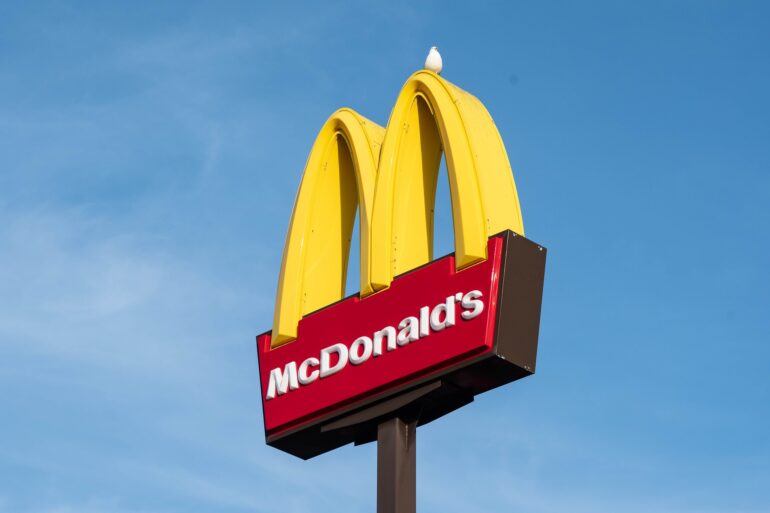TL;DR:
- McDonald’s and Google are set to implement generative AI technology starting in 2024.
- Thousands of McDonald’s stores will undergo hardware and software upgrades.
- The partnership aims to optimize operations and improve food quality.
- Details about AI’s specific applications remain undisclosed.
- The AI system will be supported by on-location upgrades and Google Cloud services.
- McDonald’s emphasizes simplifying operations and enhancing customer experiences.
- Similar AI initiatives by competitors like Wendy’s are under evaluation.
- Concerns about AI potentially replacing human workers persist.
- McDonald’s introduced a unified operating system for mobile apps and kiosks.
- The changes are expected to result in more efficient restaurant operations.
Main AI News:
In a strategic move set to roll out in 2024, McDonald’s has joined forces with tech giant Google to implement cutting-edge generative AI technology. This ambitious partnership will witness a significant transformation across “thousands” of McDonald’s outlets, as they undergo both hardware and software upgrades. These enhancements, in addition to modernizing ordering kiosks and the company’s mobile application, will empower McDonald’s to harness the power of generative AI to optimize its operations. One prominent expected outcome? An assurance of “hotter, fresher food” served to discerning customers. While the precise implications of this statement remain somewhat enigmatic, one can certainly anticipate a surge in AI-driven automation at their local drive-through establishments in the imminent future.
The exact details of how AI will be deployed by McDonald’s are shrouded in ambiguity. However, it has been disclosed that the AI integration will encompass both on-location hardware and software upgrades within the stores, as well as services delivered through the Google Cloud platform. The crux of this innovative system will revolve around facilitating swift identification and implementation of solutions aimed at mitigating operational disruptions, a crucial facet of restaurant management.
McDonald’s, while embracing the potential of AI, remains somewhat circumspect regarding its impact on the workforce. The official statement primarily alludes to the simplification of operations for the dedicated store crews and hints at “exciting new experiences” for both crew members and customers alike. Wendy’s, a fellow patron of Google Cloud AI, struck a similar chord when experimenting with AI-driven ordering systems earlier in the year. As of June, these endeavors were confined to beta testing in a single Columbus, Ohio store, leaving the ultimate verdict still pending.
Nevertheless, there lingers a faint aura of concern surrounding the notion of machines potentially displacing human workers. This foray into generative AI coincides with the introduction of a bespoke operating system designed to harmonize the user experience across the McDonald’s mobile application and in-store kiosks. The fast-food giant assures that these collective changes will culminate in a landscape conducive to “more informed tests and automated solutions” aimed at enhancing restaurant operations. While intriguing prospects like automated McRib chatbots and faux Drake drive-through cashiers tantalize the imagination, it remains a waiting game to ascertain whether the public will genuinely “love it.”
Conclusion:
The collaboration between McDonald’s and Google in deploying generative AI technology signifies a significant move towards enhancing operational efficiency and customer experience in the fast-food industry. While the specific applications of AI remain uncertain, this development underscores the growing importance of technology and automation in the market. The potential impact on the workforce and the drive towards unified systems present intriguing implications for the future of fast-food service.

